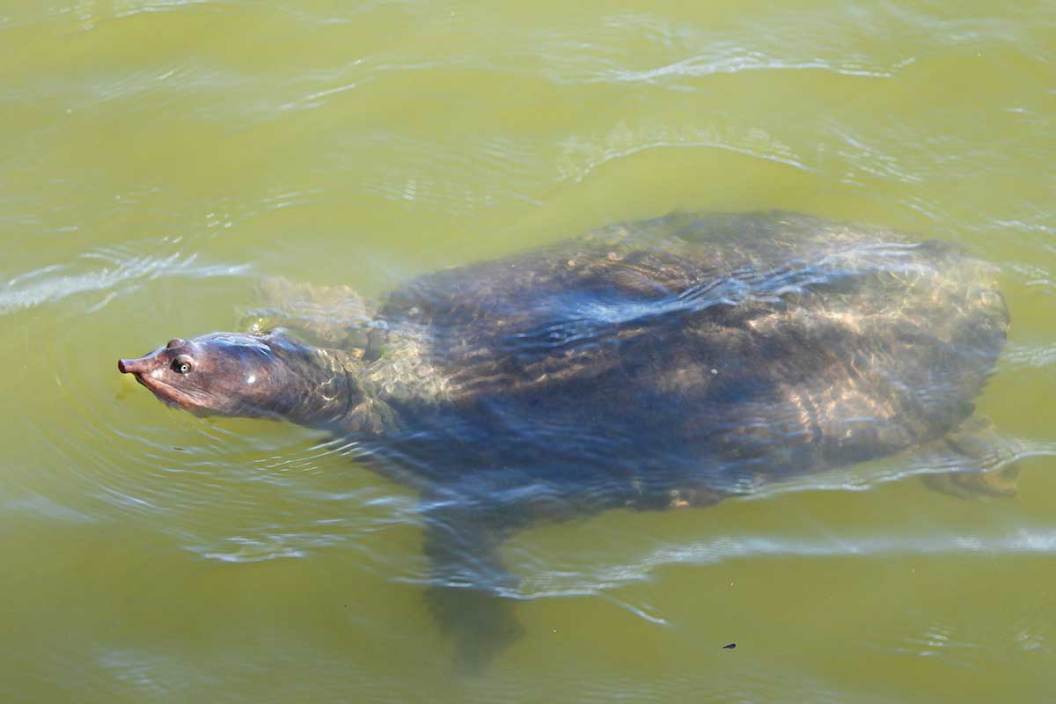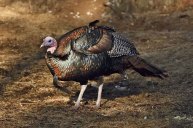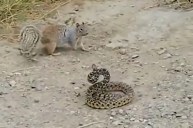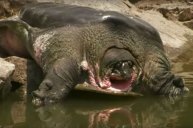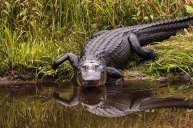These odd-looking turtles lacking a hard shell are unique to North America.
The Florida softshell turtle - apalone ferox - is named for the leathery skin covering its shell that lacks scutes, or hard scales. Like most turtle species, they have long necks.
These softshell turtles also have dark brown or olive green bumpy carapaces (upper section) with a row of tubercles (nodules) and a gray or white plastron (bottom side). They often sport a yellow or red stripe between the eyes, and their tubular noses resemble that of a pig. All four feet on Florida softshell turtles are webbed. Adult females can measure twice as long as males at up to two feet.
Habitat & Diet
This North American freshwater turtle species lives exclusively in the southeastern United States, including South Carolina, Alabama, Georgia, and down through the Florida peninsula. They're usually found in lakes and ponds, rivers and streams, other brackish water, or marshlands. They can often be found in the same areas as spiny softshell turtles (apalone spinifera).
Primarily scavenging carnivores that play an important role in the ecosystem, Florida softshell turtles live on a diet of crustaceans, insects, snails, amphibians, fish, and mollusks - although they have been spotted eating waterfowl.
Life Cycle & Predation
Most breeding for Florida softshell turtles occurs between April and August, with some females lay four or five clutches in a singles year - each containing up to 38 eggs! They lay eggs in soft, sandy soil or use alligator nests. After a two- to three-month incubation, hatchlings will claw and tooth their way through the shell.
The longest living Florida softshell turtle in captivity was 36 years old, while they average no more than 20 years in the wild.
Florida softshell turtle nests are easy prey for skunks, bears, and foxes. Snakes, birds, fish, and mammals will feed on young softshell turtles, while alligators can eat them at any size. Humans also use Florida softshell turtles for food.
NEXT: BLACK BEAR LIFESPAN IN NORTH AMERICA
